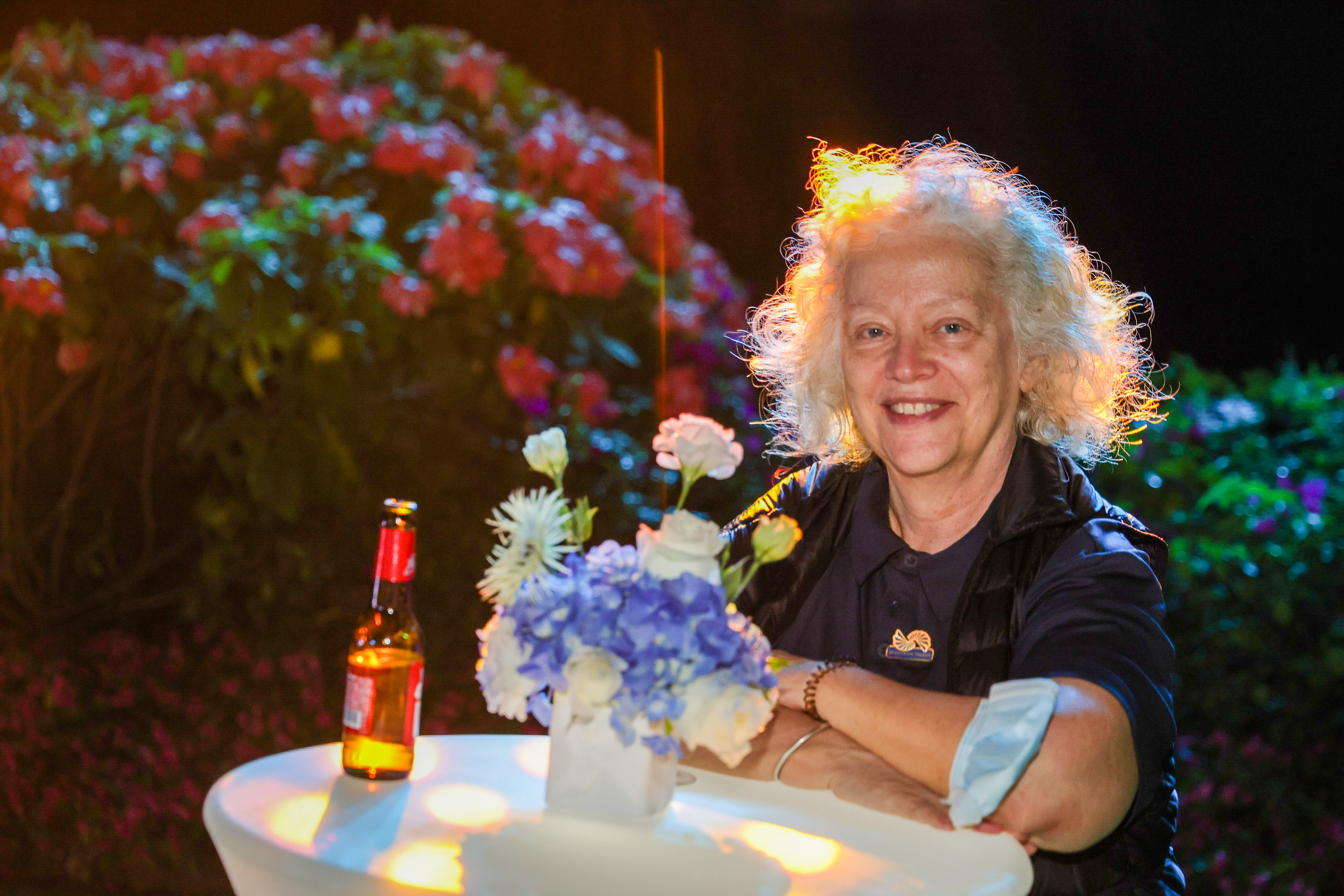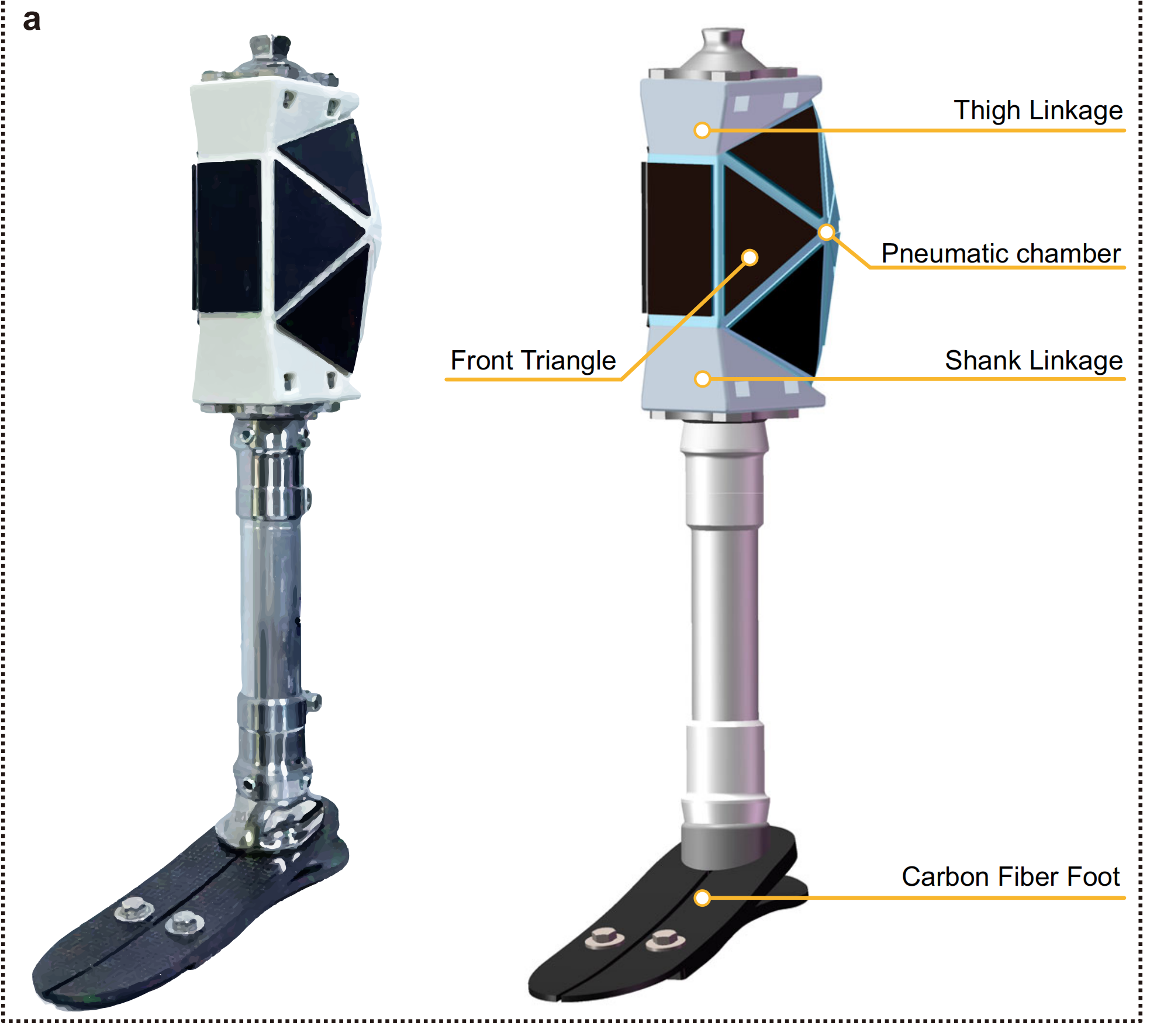Science: An Impressively Unifying Language

Professor Diana Boraschi. (COURTESY PHOTO)
By Staff Reporters
Professor Diana Boraschi, a senior member of National Research Council of Italy, serves as the director of the Laboratory of Inflammation and Vaccines at the Shenzhen Institute of Advanced Technology of Chinese Academy of Sciences (SIAT-CAS). Recently, Boraschi spoke to Science and Technology Daily to tell the stories behind her work and share her views on international cooperation.
S&T Daily: As an immunologist, your research field is closely related to human health. Could you share more information about your work?
Diana Boraschi: I study the mechanisms used by our immune system to recognize and attack infectious agents. I want to find the mechanisms that do not properly function in old people or people with diseases. What I wish to do is to set up a test. My test should be simple and tell each of us if our immunity is strong enough to fight future infections or whether we should be very careful and take preventive drugs because our immunity is weak. I study, in particular, the part of immunity that is not specific, meaning that it works against every type of infection. It is called innate immunity. We also call it inflammation which is a very efficient protective immune mechanism. Thus, remember, inflammation is good, and fever is good because it helps us fight infections in the most efficient way. We only need to take drugs when it becomes too high (over 39 degrees).
Is there any specific example you can give to describe your work?
Let's make the example of COVID-19, an infectious disease that all of us know. It is a virus that has developed a very efficient way of infecting our cells (in particular in the lung, since the virus enters by breathing). Our immune system is very good at recognizing viruses and virus-infected cells and therefore, it immediately starts a defensive reaction to eliminate them. The immune reaction is potent and can cause us discomfort. For instance, fever is important because the virus does not live well at high temperatures, and loss of appetite is also important to cut down the energy supply to the infective agent. However, the reaction is so potent to some individuals that it can cause more severe damage.
We now have vaccines for this virus, which have been produced in record time, so quickly [in fact] that we did not have the time for a thorough evaluation of their protective efficacy. Besides, the virus variations may decrease vaccine efficacy. Thus, to be on the safe side, we should repeat the vaccination periodically (as we already do for flu) and, most importantly, increase vaccination of the most susceptible people. The elderly (over 65 years old) and people with chronic diseases, such as immunodeficiencies, cancer and infections, have weak immunity and therefore get sick more easily.
How would you explain, to the general public, the significance of your research, and do you have any advice on better conducting effective science outreach programs?
Explaining science to the general public is one of the activities I like best. It is also a very important duty of scientists to communicate with the public. I am an immunologist who studies how our body is able to fight diseases and keep healthy. This helps me understand why and how, in some cases, our immune defenses fail, and we get sick. Knowing why and how opens the possibility of correcting mistakes and finding a cure for the disease.
I think that many people do not understand science simply because scientists fail to communicate well. We work for the people, not for ourselves, and it makes no sense that we do not talk to people and people do not understand what we do and why.
When I was in Italy, my home country, I regularly told scientific stories to school kids. The younger generation is inquisitive and very open. I never received so many questions, and even very clever and logical questions, as I got from youngsters. I think we should start talking about science to children so that they grow up liking and trusting science and, maybe, even deciding to engage in it personally. Unfortunately, I can not do this here in China because I can not speak Chinese and this kind of communication must be done in the local language that people feel comfortable with.
What motivated you to come to engage in further research at the SIAT?
As an experienced scientist, I had a long and fruitful career, and have worked in several countries and regions, having academic and industrial expertise. Science for me has no borders and no limits. Coming to work at SIAT was only natural because of the exciting challenges of a fast-growing and vibrant society. What I have found in SIAT is a very lively environment, with much emphasis on technological innovation. This is very good for me. Technological innovation allows scientists to perform fundamental research much faster and more precisely, compared to a few years ago. The incredible advantage I see in my research here is that I can explore all the secrets of immunity by exploiting the most innovative and advanced technologies.
Is there anything that stands out, particularly from your research at SIAT?
I have a reverent respect for science and knowledge, and my approach to every problem is accurate and thoughtful. I am impressed by the attitude of my young students. I always want to predict future problems and design my studies accordingly while they first go and then see whether there might be problems. The difference in the approach is huge, but the fact that we can work together allows us to get the best of both approaches.
Though I do not really have a complete picture of research and innovation in China, what I can only tell from my direct experience in SIAT is that, this is a truly exciting period of fast development.
In the current context, what are your expectations of international collaboration in the sci-tech sphere?
I firmly believe that science has no borders and that sharing knowledge is the basis for the progress of humankind as a whole. Nowadays, with the strong commercial and industrial interests behind some technologies, there are restrictions to such sharing in many scientific areas. Cooperation is nevertheless possible in many sectors of research and development. I am involved with activities for the internationalization of Chinese vaccines and, in general, sharing vaccine technologies among countries worldwide. It is not easy, again, because of the need for commercial and political agreements, but it is possible and should be pursued.
International collaboration is, in my opinion, the basis for progress. Collaboration means mutual understanding in a joint effort to solve common problems. I never had difficulties in discussing and working on scientific problems with scientists from any country in the world. We may have different cultural backgrounds, habits and ways of interacting, but science is an impressively unifying language. Besides, a great advantage of international collaboration is knowing people with different cultures and traditions. I believe that knowing each other may help people to co-exist in peace. I see scientific collaboration as the first easy step in this direction.
This article is also contributed by SIAT-CAS.







